Biomimicry in energy technologies
Introduction
Biomimicry is an approach to innovation that seeks sustainable solutions to human challenges by emulating nature's time-tested patterns and strategies. The goal is to create products, processes, and policies—new ways of living—that are well-adapted to life on earth over the long haul. This article will focus on the application of biomimicry in energy technologies.
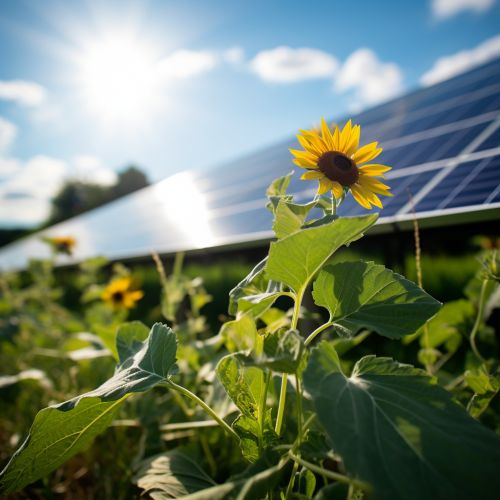
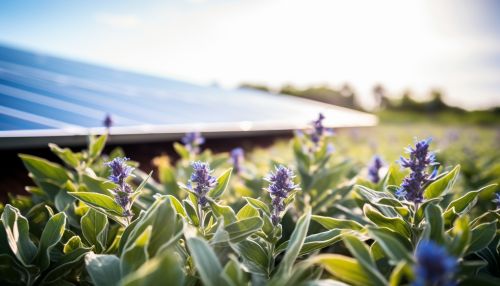
Principles of Biomimicry
Biomimicry is based on three fundamental principles:
1. Nature as Model: Biomimicry uses an ecological standard to judge the "rightness" of our innovations. After 3.8 billion years of evolution, nature has learned what works, what is appropriate, and what lasts.
2. Nature as Measure: Biomimicry uses an ecological standard to judge the sustainability of our innovations. Nature, imaginative by necessity, has already solved many of the problems we are grappling with: energy, food production, climate control, non-toxic chemistry, transportation, packaging, and a whole lot more.
3. Nature as Mentor: Biomimicry is a new way of viewing and valuing nature. It introduces an era based not on what we can extract from the natural world, but on what we can learn from it.
Biomimicry in Energy Technologies
The field of energy technologies has seen a significant application of biomimicry principles. From solar cells that mimic photosynthesis to wind turbines designed like whale fins, biomimicry has provided innovative solutions to the energy crisis.
Photosynthesis in Solar Cells
Photosynthesis is a process used by plants and other organisms to convert light energy, usually from the sun, into chemical energy that can be later released to fuel the organisms' activities. This process is extremely efficient and has been the inspiration for the development of solar cells.
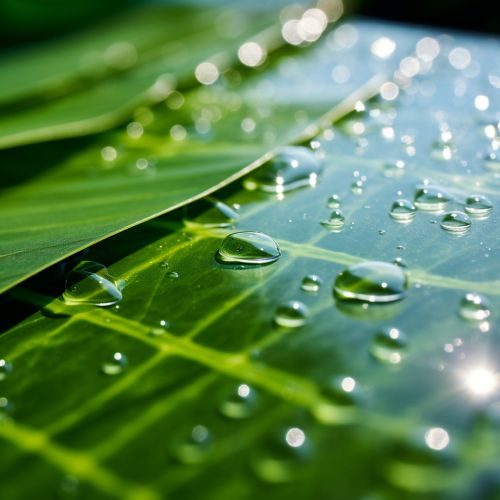

Scientists have developed solar cells that mimic the process of photosynthesis. These bio-inspired solar cells are designed to capture sunlight and convert it into energy, much like plants do. This approach has led to the development of more efficient and sustainable solar cells.
Wind Turbines and Whale Fins
The design of wind turbines has also been influenced by biomimicry. Researchers have studied the fins of humpback whales and discovered that the bumps on the fins' leading edges (known as tubercles) increase their efficiency. This discovery has led to the design of wind turbines with similar bumps, resulting in increased efficiency and reduced noise.


Energy Storage and Sea Sponges
Sea sponges have a unique skeletal structure that is both light and strong. This structure has inspired the design of new materials for energy storage. Researchers have developed a new type of battery electrode that mimics the structure of sea sponges. This bio-inspired electrode has a higher energy storage capacity and can withstand more charging cycles than traditional electrodes.
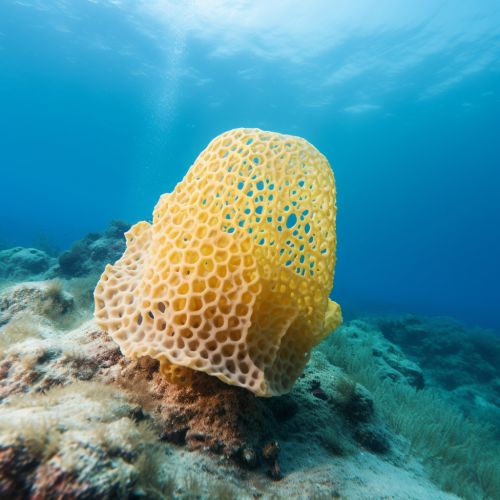
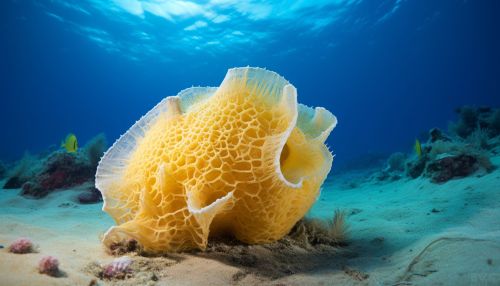
Future of Biomimicry in Energy Technologies
The future of biomimicry in energy technologies looks promising. As we continue to learn from nature, we can expect to see more innovative and sustainable solutions to our energy needs. Whether it's solar cells that mimic photosynthesis, wind turbines designed like whale fins, or energy storage inspired by sea sponges, biomimicry will continue to play a crucial role in the development of energy technologies.
